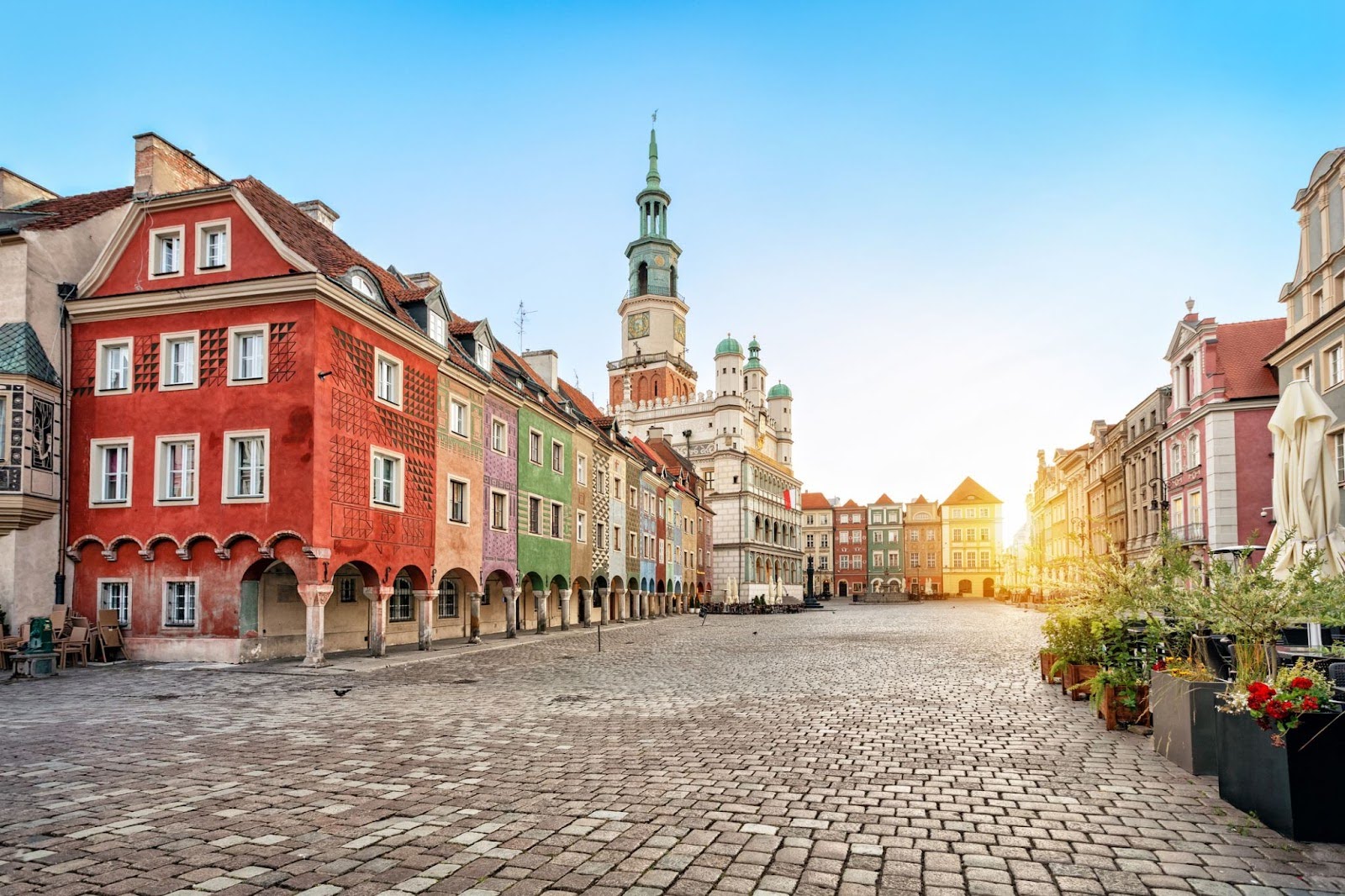Maintenance Challenges in Historic European Buildings: Insights for Property Managers

Historic European buildings are a hallmark of cultural heritage, offering charm and architectural splendor that attract travelers worldwide. However, maintaining these structures, especially when used for short-term vacation rentals, presents a unique set of challenges. From preserving authenticity to adhering to modern safety standards, property managers must navigate complex issues to ensure functionality and guest satisfaction.
In this blog, we’ll delve into the specific challenges of historic building maintenance and provide actionable strategies for short-term rental property managers in Europe. By understanding these complexities, you can better preserve your property’s value and provide an exceptional experience for your guests.
The Intricacies of Historic Building Maintenance
Maintaining historic European buildings involves striking a balance between preservation and modernization. While their historical value is a major attraction, these buildings often come with:
- Aging Materials: Many historic buildings feature materials like wood, stone, and plaster that degrade over time. Replacing or repairing these materials requires specialized techniques to maintain authenticity.
- Outdated Infrastructure: Electrical wiring, plumbing systems, and heating mechanisms in older buildings may not meet modern standards. Retrofitting these systems can be labor-intensive and costly.
- Regulatory Constraints: Governments often enforce strict regulations for maintaining and restoring heritage properties. These rules can limit the scope of renovations or dictate the use of specific materials and methods.
- Environmental Factors: Weather conditions, pollution, and humidity can accelerate wear and tear. In coastal regions, saltwater exposure can further damage historic structures.
Key Challenges in Maintaining Historic Buildings
Structural Integrity
Over time, historic buildings can develop foundational issues, like cracks, subsidence, or weakened supports. These problems often arise due to lack of proper drainage systems, natural aging of materials, or previous poor-quality repairs
Solution: Engage structural engineers experienced in historic restoration. Regular inspections can identify issues early, reducing the risk of costly repairs.
Energy Efficiency
Many historic buildings were constructed long before energy efficiency became a concern. Features like single-glazed windows and insufficient insulation can lead to high energy bills.
Solution: Consider reversible solutions, like secondary glazing or thermal curtains, which improve efficiency without compromising historical integrity. Consulting experts in sustainable retrofitting can also help achieve a balance between preservation and energy savings.
Compliance with Modern Standards
Bringing historic properties up to modern building codes and safety standards is essential, especially when catering to short-term rental guests.
Solution: Focus on critical upgrades, like fire safety systems, secure stairways, and improved accessibility. Work with local heritage organizations to ensure changes align with preservation guidelines.
Guest Expectations
Travelers often choose historic rentals for their charm, but they also expect modern comforts like Wi-Fi, air conditioning, and reliable plumbing.
Solution: Carefully integrate modern amenities while preserving the property’s character. For example, install hidden wiring or ductless air conditioning systems to maintain aesthetic appeal.
Strategies for Effective Maintenance
Preventative Maintenance Plans
Preventative maintenance is crucial for minimizing long-term repair costs. Create a schedule that includes regular roof and gutter cleaning, seasonal checks on HVAC systems, and annual inspections for structural integrity and pest control
Leverage Technology
Smart home technology can be adapted for historic properties to streamline maintenance. Tools like remote monitoring systems for humidity and temperature can prevent environmental damage.
Collaborate with Specialists
Hire professionals with experience in historic building maintenance. From stonemasons to conservation architects, specialists can ensure repairs maintain the property’s authenticity.
Secure Proper Insurance
Standard property insurance may not cover the unique risks associated with historic buildings. Choose specialized insurance that includes coverage for original features, protection against natural disasters, and liability for guest safety.
Financial Considerations
Budgeting for Maintenance
Historic buildings often require higher maintenance budgets due to the specialized nature of repairs. Allocate funds for emergency repairs, routine inspections, and preservation of unique features.
Accessing Grants and Incentives
Many European countries offer financial support for maintaining historic properties. Research local and EU-wide grants, tax reliefs, or subsidies designed for heritage conservation.
Return on Investment (ROI)
While maintenance costs can be high, the unique appeal of historic properties often justifies the investment. Highlighting the property’s historical significance in your marketing strategy can attract higher rental rates.
Sustainability in Historic Building Maintenance
Preserving historic properties aligns with sustainability principles by reducing the need for new construction. Property managers can further enhance sustainability by using eco-friendly materials for repairs, incorporating renewable energy sources, such as solar panels, where permissible, and encouraging guests to adopt green practices during their stay.
Navigating Regulations
Each country has its own set of rules governing the maintenance of historic buildings. For example:
- France: Strict heritage preservation laws require approval for any structural changes.
- Germany: Grants are available for energy-efficient retrofitting, provided historical elements are preserved.
- UK: Listed buildings require adherence to specific restoration guidelines set by local councils.
Collaborate with local authorities and heritage organizations to ensure compliance while maximizing available resources.
The Role of Property Managers
For short-term rental property managers, maintaining a historic building is more than an operational task—it’s a responsibility to safeguard cultural heritage. Key roles include:
- Coordinating with contractors and specialists
- Managing budgets and grant applications
- Educating guests on the property’s historical significance
Maintaining historic European buildings requires a thoughtful approach that balances preservation, modernization, and guest expectations. By addressing structural challenges, leveraging technology, and adhering to regulatory requirements, property managers can ensure these architectural treasures remain functional and appealing.
At CoverCat, we understand the unique demands of managing historic properties. From short-term vacation rental insurance to guest verification services, we’re here to support your success.







